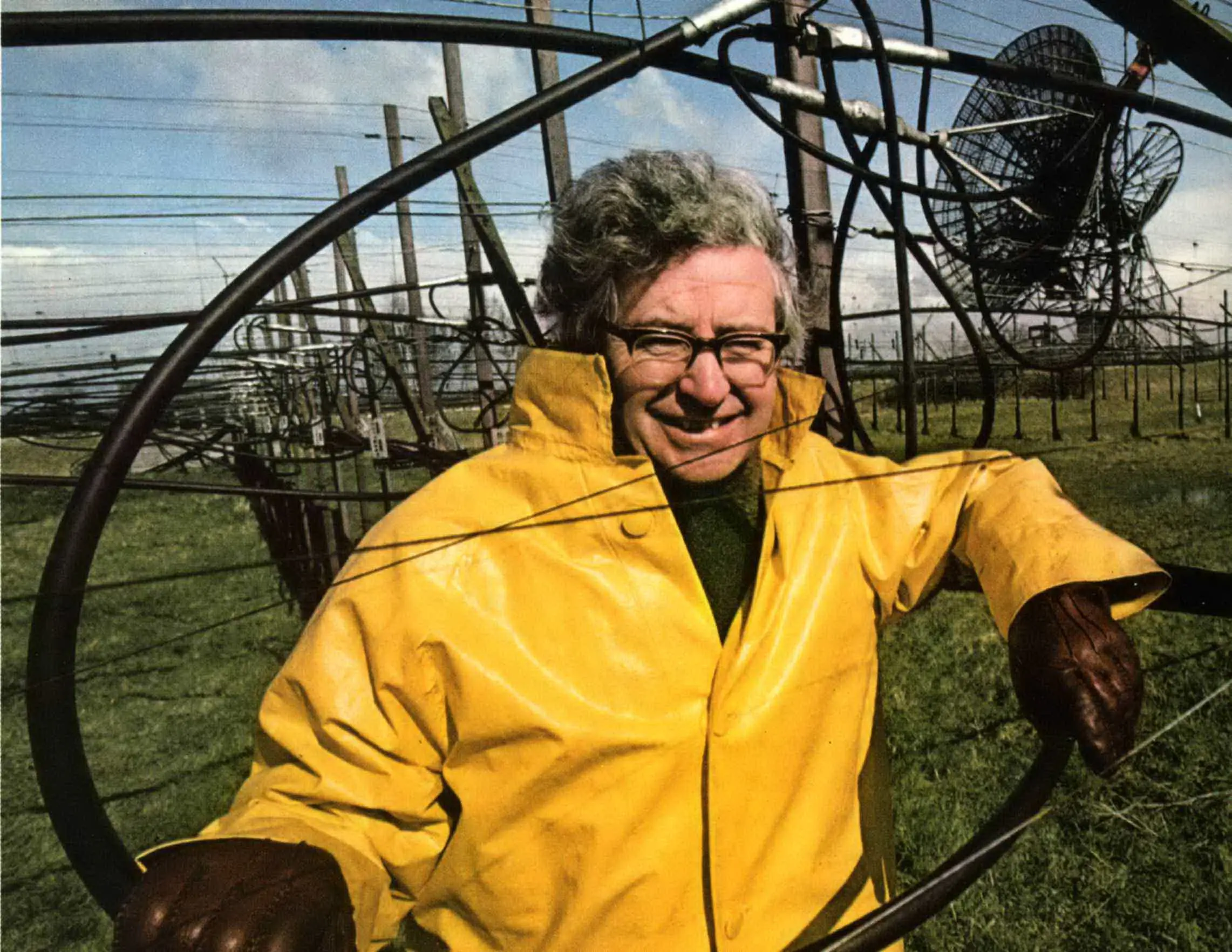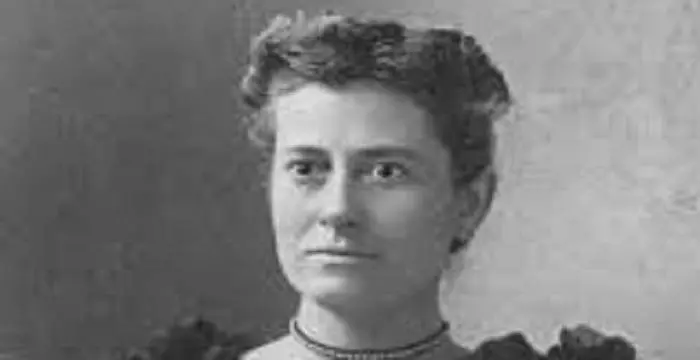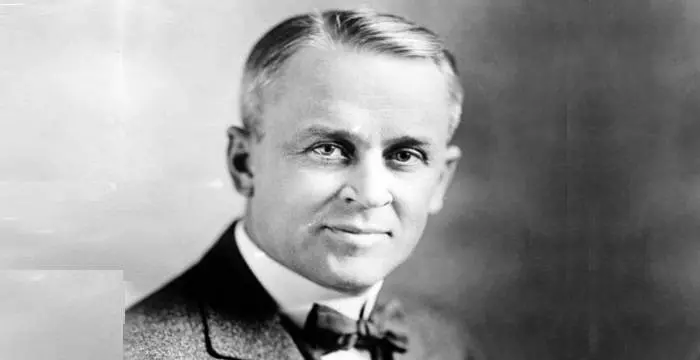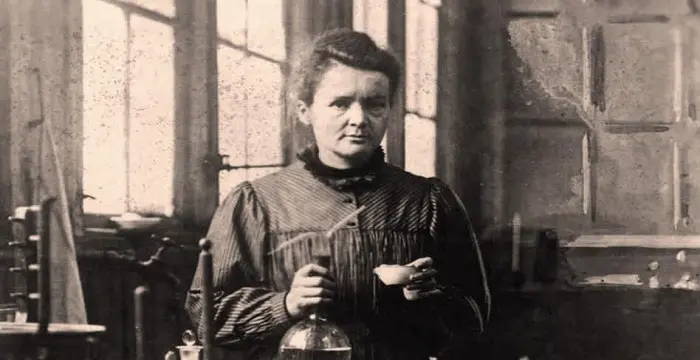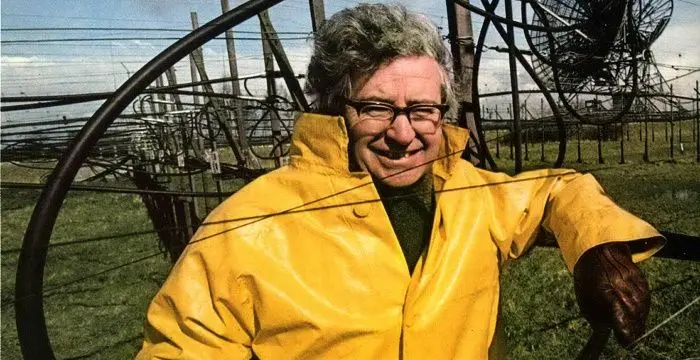
Antony Hewish - Radio Astronomer, Family and Childhood
Antony Hewish's Personal Details
Antony Hewish is a British radio astronomer, best known for his discovery of the first pulsar
| Information | Detail |
|---|---|
| Birthday | May 11, 1924 |
| Nationality | British |
| Famous | Scientists, Astronomers, Physicists, Radio Astronomer |
| Spouses | Marjorie Richards (m. 1950) |
| Universities |
|
| Birth Place | Fowey, Cornwall, England |
| Gender | Male |
| Sun Sign | Taurus |
| Born in | Fowey, Cornwall, England |
| Famous as | Radio Astronomer |
Antony Hewish's photo
Who is Antony Hewish?
Antony Hewish is a British radio astronomer, best known for his discovery of the first pulsar. Born in the middle of 1920s in England, he had his education first at King’s college, Somerset and then at Gonville and Caius College, Cambridge. While he was still a student at Caius, he was sent to Telecommunications Research Establishment to work with Martin Ryle on airborne radar-counter-measure devices as part of his war service. It aroused in him an interest in radio astronomy. Later as he rejoined his college at the end of the war, he was equally influenced by his teacher Jack Ratcliffe, the head of radio physics at Cavendish Laboratory. Therefore, as soon as he earned his bachelor’s degree, he joined Ryle’s group at Cavendish Laboratory and started working with him. Concurrently, he also taught at Churchill College, Cambridge. He did a lot of important work in 1960s. It was during this period that he designed the Interplanetary Scintillation Array at Mullard Radio Astronomy Observatory and discovered the first pulsar with his graduate student Jocelyn Bell. For this work, he received the 1974 Nobel Prize in Physics. Although Bell failed to get the award, Hewish did not fail to acknowledge her contribution.
// Famous Astronomers
Jabir Ibn Hayyan
Jabir Ibn Hayyan was a medieval era polymath. Check out this biography to know about his life, works and achievements.
Isaac Newton
Isaac Newton was an English scientist and mathematician, who discovered gravitation and Newtonian Mechanics. Read this biography to find more on his life.
Henrietta Swan Leavitt
Henrietta Swan Leavitt was an American astronomer. Check out this biography to know about her childhood, family, personal life, discoveries, achievements, etc.
Childhood & Early Life
Antony Hewish was born on 11 May 1924 in Fowey, Cornwall, United Kingdom. His father was a banker and he was the youngest of his parents’ three sons.
Sometime after his birth, his father was transferred to Newquay, a town located on the shore of Atlantic Ocean. Antony spent his early childhood in this town. Here he developed a love for the sea and boats.
Antony began his education at Newquay. Their residence was located on top of his father’s bank. Here, he was allowed to set up a laboratory and one of his early experiments on electricity blew up the fuse of the entire building.
Later he enrolled at King's College, an independent co-educational secondary boarding school in Taunton, Somerset, for his secondary education. In 1942, he passed out from there with reasonably good grade.
He next entered Gonville and Caius College under the University of Cambridge, studying Physics with radiology. However, within one year, he was drafted into military service and in 1943, he was sent to work first at Royal Aircraft Establishment at Farnborough, and then at the Telecommunications Research Establishment at Malvern.
It was at TRE, that he first met Martin Ryle, who at that time was working on radar system for R.A.F. Anthony Hewish joined him to work on his airborne radar-counter-measure devices.
In 1946, after being released from war services, Hewish rejoined the University of Cambridge and continued his undergraduate studies in physics at Caius. Here, he was highly influenced by Jack Ratcliffe, the head of radio physics at Cavendish Laboratory. His lectures on electromagnetic theory later motivated Hewish to work on radio astronomy.
In 1948, Hewish earned his bachelor’s degree. By now, Martin Ryle had formed an excellent research group at Cavendish Laboratory and was investigating extraterrestrial radio sources. Hewish joined the group immediately after receiving his degree and started working on the twinkling of galaxies in the ionosphere.
He earned his PhD in 1952. His dissertation was titled ‘The fluctuations of galactic radio waves’. Thereafter, he continued working with Martin Ryle at the Cavendish laboratory.
Career
In 1952, soon after receiving his degree, Hewish began his career as a Research Fellow at Gonville and Caius College. All along, he continued working with Martin Ryle on radio astronomy.
Hewish remained at Caius till 1961. Thereafter, he was transferred to Churchill College, where he served as lecturer till 1969. This period was highly productive for Hewish. During this period, he made a number of major discoveries.
In 1964, he developed a method to make the first ground-based measurements of the solar wind. He also showed how interplanetary scintillation could be used to obtain very high angular resolution in radio astronomy. Concurrently, he also started designing Interplanetary Scintillation Array.
The array, built at Mullard Radio Astronomy Observatory in 1967, was designed to measure the high-frequency fluctuations of radio sources for monitoring interplanetary scintillation. Initially, it covered an area of 16,000 m² and working with his student Jocelyn Bell, Hewish soon discovered the first pulsar with its help.
In 1969, he became a Reader at Churchill College and continued his work on radio astronomy. Later in 1971, he was promoted to the post of Professor of Astronomy.
In 1977, Martin Ryle, who was the head of the Cambridge Radio Astronomy Group, became ill. Hewish took up his position and began to head the research group. In the same year, he was also made a Professor of the Royal Institution, London.
In 1982, he became the head of Mullard Radio Astronomy Observatory, remaining in the position till 1988. He finally retired from active service in 1989.
Major Work
Hewish is best known for his designing of Interplanetary Scintillation Array, also known as IPS or Pulsar Array. After he showed how interplanetary scintillation could be used to obtain high angular resolution he decided to build a giant phased-array antenna for a major sky survey; something very different from existing radio telescopes. In 1965, he obtained a grant of £20,000 and began working on it. The array was completed by 1967 and in the month of July, they began their sky survey.
Jocelyn Bell, who had joined the team as a graduate student in 1965, was not only in the construction team, but once survey started, she was given the job of analyzing the paper charts. Very soon, she spotted one scintillating source that varied from week to week.
It was initially taken as a radio flare star. Some members also felt that it was either caused by earthly interference or by intelligent life forms trying to communicate with earth. Finally, it was Hewish, who recognized it as energy emissions from a cluster of neutron stars, known as pulsars.
Awards & Achievements
In 1974, Antony Hewish and Martin Ryle were jointly awarded the Nobel Prize in Physics "for their pioneering research in radio astrophysics: Ryle for his observations and inventions, in particular of the aperture synthesis technique, and Hewish for his decisive role in the discovery of pulsars". It was the first time that the prize was awarded for observational astronomy.
Besides that, Hewish was awarded the Eddington Medal by Royal Astronomical Society in 1969; Dellinger Gold Medal by International Union of Radio Science in 1972; Albert A. Michelson Medal by Franklin Institute in 1973, Hughes Medal by Royal Society in 1977.
In 1968, Hewish was elected a Fellow of the Royal Society (FRS) and in 1998, a Fellow of the Institute of Physics (FInstP).
Personal Life
In 1950, Hewish married Marjorie Elizabeth Catherine Richards. The couple has two children; a son and a daughter. Their son is a physicist, who has obtained his Ph.D. in neutron scattering in liquids and their daughter is a language teacher.
Hewish believes that science and religion are complementary. In the forward to 'Questions of Truth' complied by John Polkinghorne and Nicholas Beale, he declared that, “The ghostly presence of virtual particles defies rational common sense.” He then continued to add, “We should be prepared to accept that the deepest aspects of our existence go beyond our common-sense understanding."
Trivia
That Jocelyn Bell, who was primary to the discovery of the pulsars, was excluded from the Nobel Prize, was criticized by many fellow scientists, especially Fred Hoyle. However, her contribution did not go unnoticed. In the previous year, she received the Albert A. Michelson Medal from Franklin Institute jointly with Hewish.
Apart from teaching physics to students at the Cambridge University, he also enjoyed talking to the general public about the excitement of his research work at Royal Institute in London. As he himself has stated, “I enjoy the challenge of presenting difficult ideas in an understandable way”.
// Famous Scientists
Juliane Koepcke
Juliane Koepcke is a German-Peruvian biologist, who was the lone survivor among the 92 passengers and crew of the ill-fated LANSA Flight 508 that crashed in the Peruvian rainforest on 24 December 1971. Know more about her life in this biography.
Henry Cavendish
Henry Cavendish was a theoretical chemist and physicist, renowned for discovery of hydrogen and calculation of the mass of earth. To know more about his childhood, profile, timeline and career read on
Konstantin Tsiolkovsky
Konstantin Tsiolkovsky was a Russian rocket scientist and a pioneer of astronautics. This biography provides detailed information about his childhood, family, personal life, career, achievements, etc.
Antony Hewish's awards
| Year | Name | Award |
|---|---|---|
Other | ||
| 0 | Eddington Medal (1969) | |
| 0 | FRS (1968) | |
| 0 | FInstP (1998) | |
| 0 | Hughes Medal (1977) | |
| 0 | Nobel Prize for Physics (1974) | |
Antony Hewish biography timelines
- // 11th May 1924Antony Hewish was born on 11 May 1924 in Fowey, Cornwall, United Kingdom. His father was a banker and he was the youngest of his parents’ three sons.
- // 1942Later he enrolled at King's College, an independent co-educational secondary boarding school in Taunton, Somerset, for his secondary education. In 1942, he passed out from there with reasonably good grade.
- // 1943He next entered Gonville and Caius College under the University of Cambridge, studying Physics with radiology. However, within one year, he was drafted into military service and in 1943, he was sent to work first at Royal Aircraft Establishment at Farnborough, and then at the Telecommunications Research Establishment at Malvern.
- // 1946In 1946, after being released from war services, Hewish rejoined the University of Cambridge and continued his undergraduate studies in physics at Caius. Here, he was highly influenced by Jack Ratcliffe, the head of radio physics at Cavendish Laboratory. His lectures on electromagnetic theory later motivated Hewish to work on radio astronomy.
- // 1948In 1948, Hewish earned his bachelor’s degree. By now, Martin Ryle had formed an excellent research group at Cavendish Laboratory and was investigating extraterrestrial radio sources. Hewish joined the group immediately after receiving his degree and started working on the twinkling of galaxies in the ionosphere.
- // 1950In 1950, Hewish married Marjorie Elizabeth Catherine Richards. The couple has two children; a son and a daughter. Their son is a physicist, who has obtained his Ph.D. in neutron scattering in liquids and their daughter is a language teacher.
- // 1952He earned his PhD in 1952. His dissertation was titled ‘The fluctuations of galactic radio waves’. Thereafter, he continued working with Martin Ryle at the Cavendish laboratory.
- // 1952In 1952, soon after receiving his degree, Hewish began his career as a Research Fellow at Gonville and Caius College. All along, he continued working with Martin Ryle on radio astronomy.
- // 1961 To 1969Hewish remained at Caius till 1961. Thereafter, he was transferred to Churchill College, where he served as lecturer till 1969. This period was highly productive for Hewish. During this period, he made a number of major discoveries.
- // 1964In 1964, he developed a method to make the first ground-based measurements of the solar wind. He also showed how interplanetary scintillation could be used to obtain very high angular resolution in radio astronomy. Concurrently, he also started designing Interplanetary Scintillation Array.
- // 1965 To 1967Hewish is best known for his designing of Interplanetary Scintillation Array, also known as IPS or Pulsar Array. After he showed how interplanetary scintillation could be used to obtain high angular resolution he decided to build a giant phased-array antenna for a major sky survey; something very different from existing radio telescopes. In 1965, he obtained a grant of £20,000 and began working on it. The array was completed by 1967 and in the month of July, they began their sky survey.
- // 1965Jocelyn Bell, who had joined the team as a graduate student in 1965, was not only in the construction team, but once survey started, she was given the job of analyzing the paper charts. Very soon, she spotted one scintillating source that varied from week to week.
- // 1967The array, built at Mullard Radio Astronomy Observatory in 1967, was designed to measure the high-frequency fluctuations of radio sources for monitoring interplanetary scintillation. Initially, it covered an area of 16,000 m² and working with his student Jocelyn Bell, Hewish soon discovered the first pulsar with its help.
- // 1968 To 1998In 1968, Hewish was elected a Fellow of the Royal Society (FRS) and in 1998, a Fellow of the Institute of Physics (FInstP).
- // 1969 To 1971In 1969, he became a Reader at Churchill College and continued his work on radio astronomy. Later in 1971, he was promoted to the post of Professor of Astronomy.
- // 1974In 1974, Antony Hewish and Martin Ryle were jointly awarded the Nobel Prize in Physics "for their pioneering research in radio astrophysics: Ryle for his observations and inventions, in particular of the aperture synthesis technique, and Hewish for his decisive role in the discovery of pulsars". It was the first time that the prize was awarded for observational astronomy.
- // 1977In 1977, Martin Ryle, who was the head of the Cambridge Radio Astronomy Group, became ill. Hewish took up his position and began to head the research group. In the same year, he was also made a Professor of the Royal Institution, London.
// Famous Physicists
Henry Cavendish
Henry Cavendish was a theoretical chemist and physicist, renowned for discovery of hydrogen and calculation of the mass of earth. To know more about his childhood, profile, timeline and career read on
Walter Kohn
Nobel Laureate Walter Kohn was an Austrian-born American theoretical chemist and physicist. Check out this biography to know about his childhood, life, achievements, works & timeline.
Nikola Tesla
Nikola Tesla was a Serbian-American inventor, best known for his development of alternating current electrical systems. This biography of Nikola Tesla provides detailed information about his childhood, life, achievements, works & timeline.
Robert Andrews Millikan
Robert Andrews Millikan was an eminent American experimental physicist who won the Nobel Prize for Physics in 1923 for his work on photoelectric effect. Check out this biography to know about his childhood, life, achievements, works & timeline.
Isaac Newton
Isaac Newton was an English scientist and mathematician, who discovered gravitation and Newtonian Mechanics. Read this biography to find more on his life.
Marie Curie
Marie Curie was a Physicist and Chemist, who was world renowned for her work on radioactivity. She also was the winner of two Nobel Prize. Read this biography to get info about her life and profile.
Antony Hewish's FAQ
What is Antony Hewish birthday?
Antony Hewish was born at 1924-05-11
Where is Antony Hewish's birth place?
Antony Hewish was born in Fowey, Cornwall, England
What is Antony Hewish nationalities?
Antony Hewish's nationalities is British
Who is Antony Hewish spouses?
Antony Hewish's spouses is Marjorie Richards (m. 1950)
What was Antony Hewish universities?
Antony Hewish studied at King's College, Taunton, University of Cambridge (BA, PhD)
What is Antony Hewish's sun sign?
Antony Hewish is Taurus
How famous is Antony Hewish?
Antony Hewish is famouse as Radio Astronomer

